If you’re a landscape photography enthusiast like me, you’re constantly trying to find new approaches and even new gear that will help you capture the beauty before you with more pleasing results.
I’ve experimented with various focal lengths for my landscapes - everything from ultra-wide-angle to shooting landscapes with a telephoto.
I’ve gotten great results across the spectrum of focal lengths, but one in particular stands out to me as better than the rest: 24mm.
There’s a ton of reasons why 24mm is my favorite focal length for landscapes, which I’ll get into in just a minute.
But perhaps most important of all, there’s a 24mm lens out there for virtually any camera body and every manufacturer. Better still, you can find quality 24mm lenses for a wide range of prices to fit just about any budget.
That makes the 24mm lens not just highly useful for landscape photographers, but also highly accessible.
So, without further ado, let’s explore a few benefits of the 24mm lens for landscape photography.
It’s Wide (But Not Too Wide)
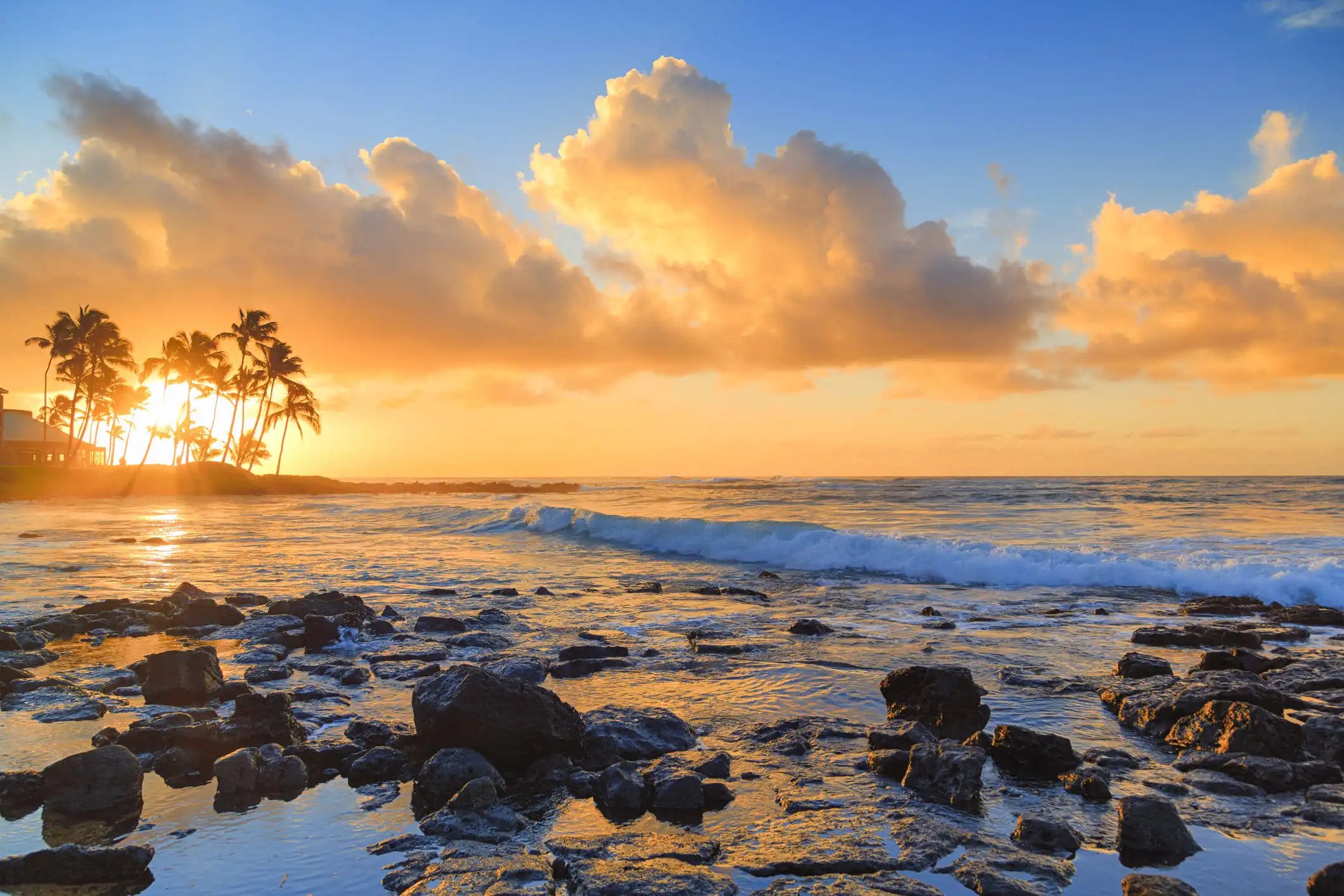
There are plenty of photographers that can create gorgeous landscape images with impossibly short focal lengths like 14mm.
I’m not one of them. I simply prefer the look of 24mm over 14mm.
Why?
There’s less distortion. The narrower angle of view also allows me to frame up slightly more intimate shots in which the subject is highlighted in a more purposeful manner. And I can do that while still benefitting from the wide-angle view that allows me to capture a good deal of the scene before me.
What’s more, my 24mm prime is sharp and gives me excellent image quality. That’s not to say that other focal lengths can’t do the same; I’m just impressed with the results I get with my 24mm lens, and I think you would be too.
It Makes You Think
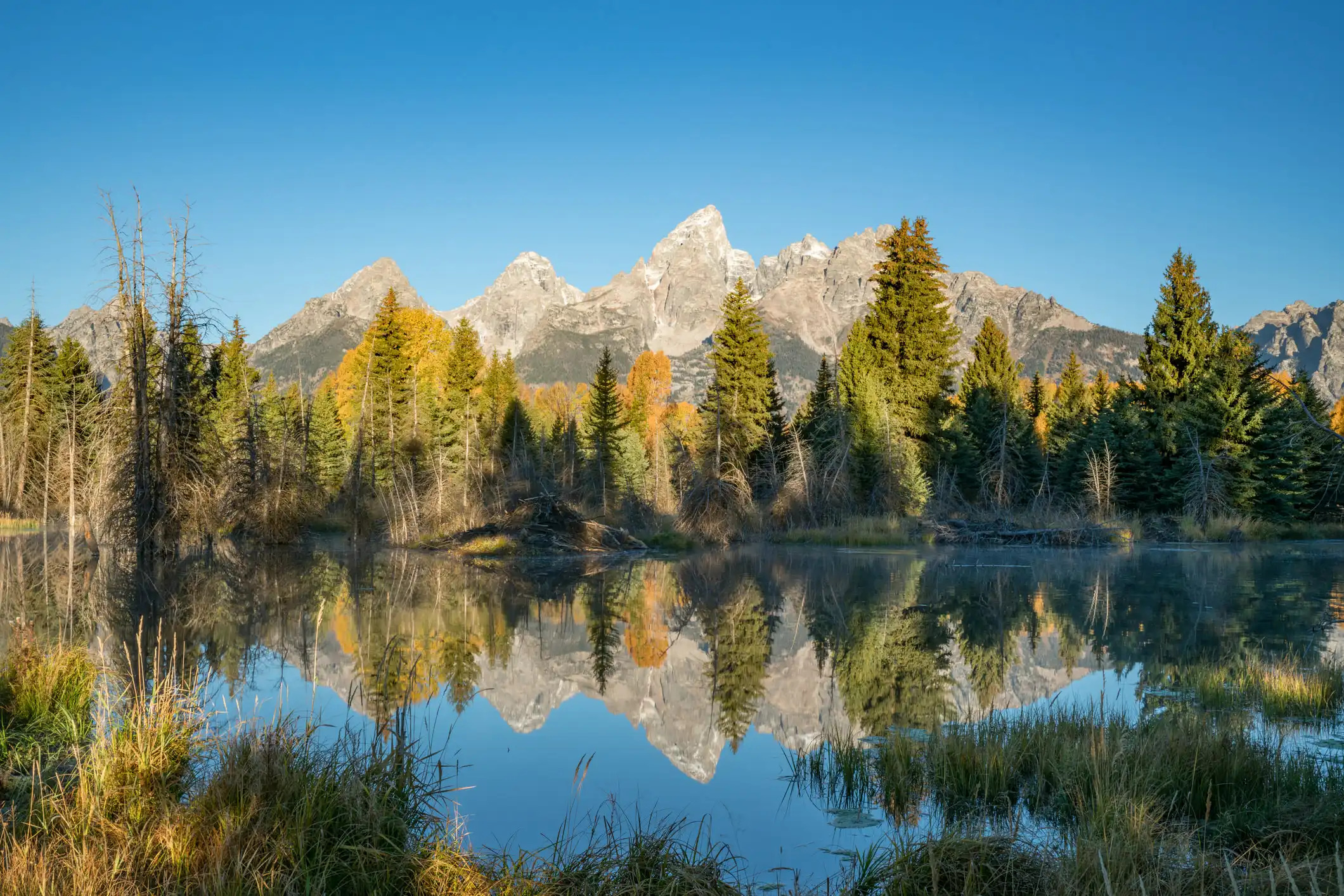
Like any prime lens, the 24mm forces you to think about your compositions before firing the shutter.
Without the benefit of zoom, you have to use your feet to adjust the framing of the shot such that you maximize its impact and minimize distractions.
That means you spend more time engaged with your gear and with the landscape, which, if you ask me, is a good recipe for getting improved results while getting the most out of your lens.
Now, that’s not to say that using a 24mm lens will automatically make you a better photographer just by virtue of the fact that you have to put more thought into the process.
But what it will do is prevent those “lazy moments” when you might feel like hopping out of the car, using your zoom lens to frame up a shot, and start firing away.
Instead, the 24mm will compel you to move around, check your framing and composition, and take measures to improve what you see through the lens.
It’s Versatile
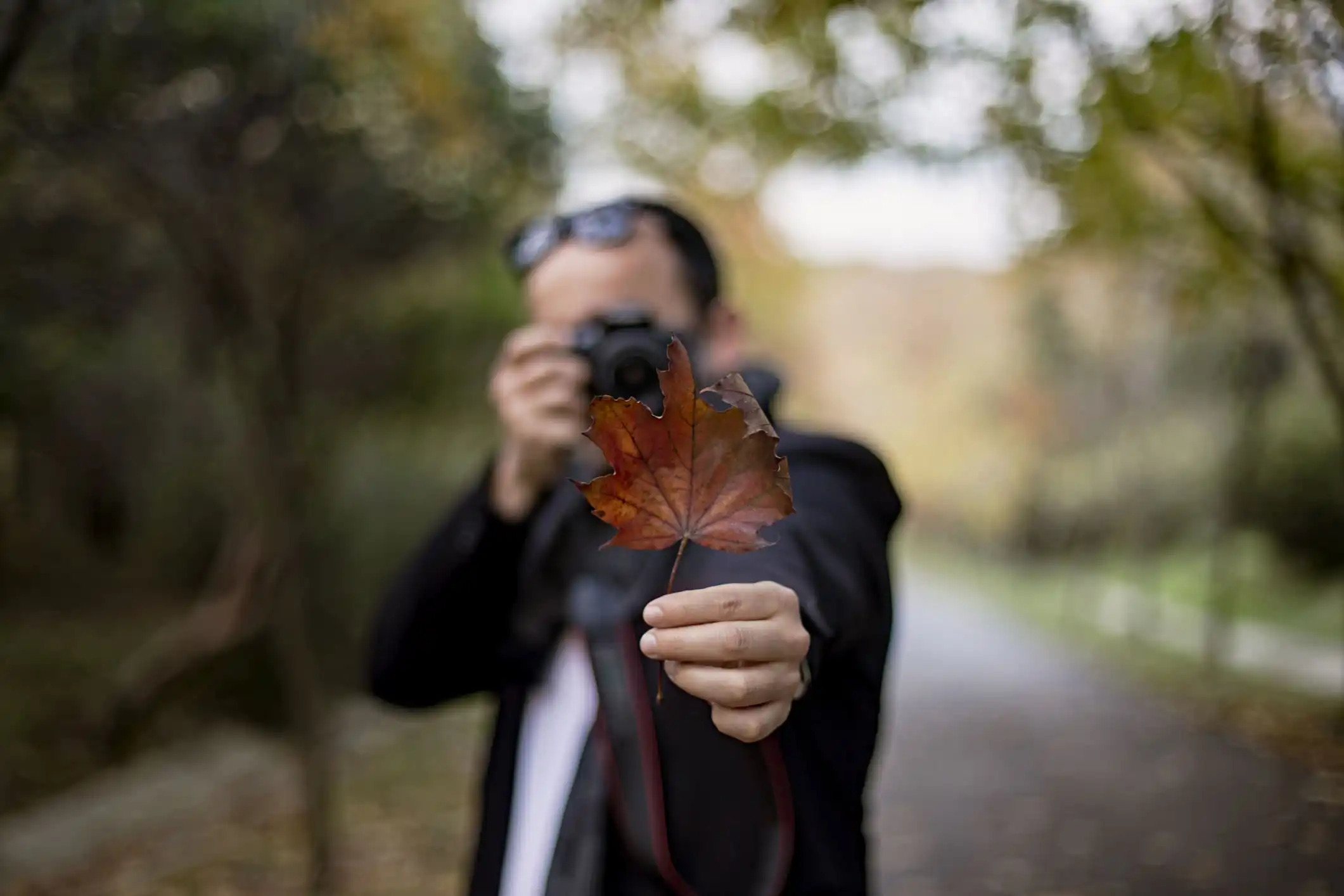
Not only is 24mm a great focal length for landscapes, but it’s also a great focal length for other photography pursuits.
Use it for astrophotography (with the same sharp results I mentioned above), cityscapes, event photography, and even portraiture - especially group portraits in which you need a wider angle of view but don’t want tons of perspective distortion.
What’s more, as I mentioned in the introduction, there are a plethora of 24mm lenses on the market. That means that no matter what system you shoot with, you’ll be able to find a 24mm prime lens.
We all know how expensive photography can be. Why not have a lens that’s both versatile in terms of the types of camera systems for which they are made and the types of photos you can take with them?
Low-Light Performance is On Point
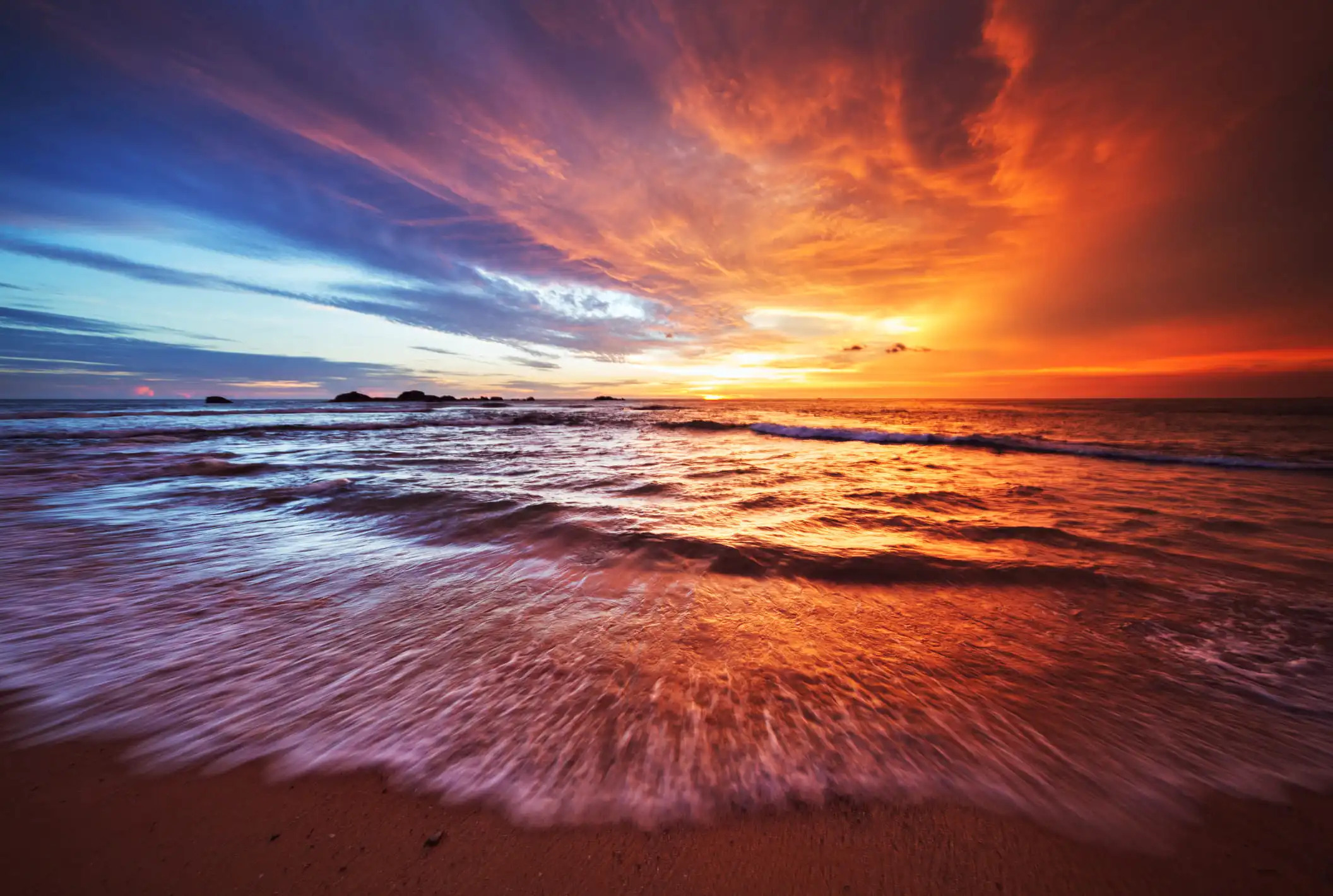
Whether you’re a daytime shooter or you venture out at night for some astrophotography landscapes, a 24mm prime can handle it.
I especially like the results I get when shooting at dusk or at night with my 24mm lens. Most lenses at this focal length have maximum apertures of f/2 or wider, giving you all sorts of options for low light shooting without necessarily having to push the ISO to make a shot possible.
What’s more, you can use that wide aperture to get the shots you want without needing an ultra-slow shutter speed. In fact, you’ll likely find many occasions - landscapes and portraits to name a couple - when shooting wide open even allows you to handhold your camera (perhaps with a boost in ISO).
That means you can work lean and mean, and leave your tripod behind in favor of moving fast, just you, your camera, and your awesome 24mm lens, and maybe a stunning sunset or two along the way.
With the central benefits of the 24mm prime out of the way, let’s have a look at a few excellent examples you might consider adding to your kit.
Nikon AF-S NIKKOR 24mm f/1.4G ED Lens
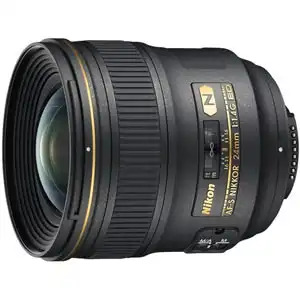
Compatible with both Nikon DX and FX format lenses, the NIKKOR 24mm f/1.4G ED gives you precise results with a natural-looking angle of view.
The large f/1.4 maximum aperture gives you greater possibilities for low-light shooting, and also ensures you’ve got a range of control over depth of field with aperture values that extend to f/16.
The lens features 12 elements in 10 groups, including two aspherical lenses and two extra-low dispersion lenses that give you excellent contrast with minimal aberration. The silent wave motor gives you accurate results quickly, but while being nearly silent as well. And with rear focusing, you get fast autofocus response and smooth action while minimizing barrel rotation and lens extension.
For a hands-on look at this lens, watch the video above by Damian Brown.
Other features include:
Nano crystal coating to reduce flare and ghosting
Manual focus override for quickly switching from auto to manual
Rounded 9-blade diaphragm for smooth bokeh
Canon EF 24mm f/1.4L II USM Lens
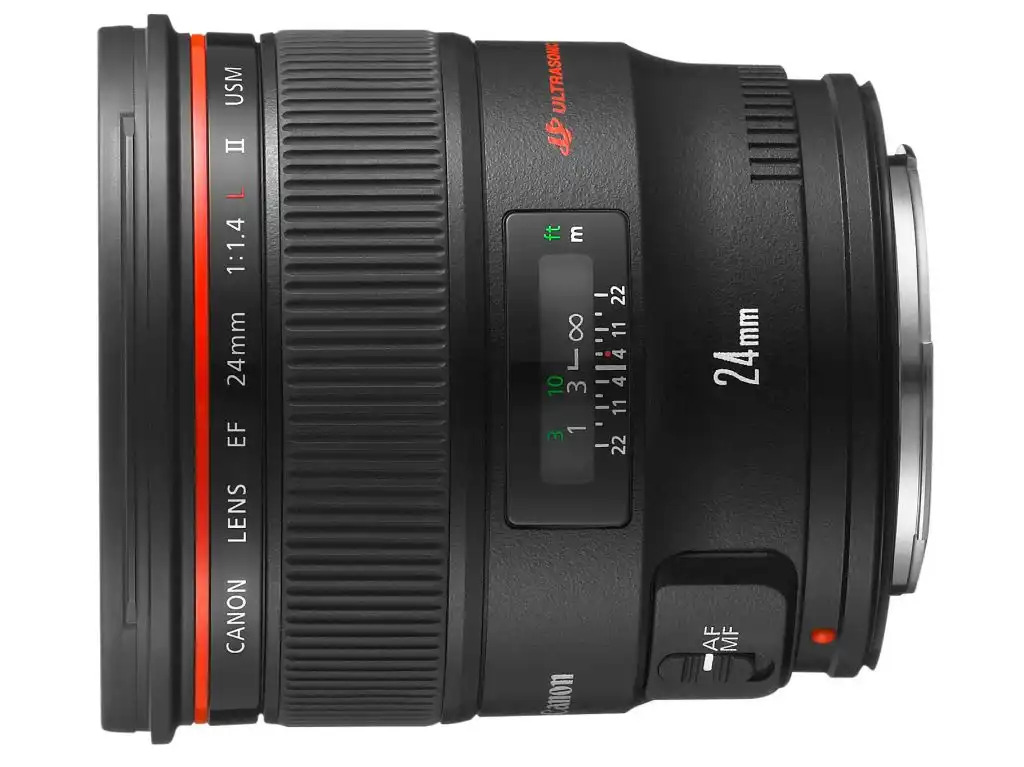
This L-series lens from Canon means it’s their top offering that features all sorts of goodies for landscape photographers.
Aside from being weather and dust-sealed, the Canon EF 24mm f/1.4 II offers professional-level results, including outstanding sharpness throughout the aperture range.
The circular aperture gives you the power to create wonderful background blur at larger apertures while smaller apertures offer sharpness from foreground to background. This is aided by high-precision aspherical elements that minimize distortion and aberration. See this lens in action in the video below by Chris Winter:
This lens takes sharpness a step further by incorporating two UD lenses, which help improve detail from corner to corner with little ghosting or flare. Paired with Canon’s venerable ultrasonic motor, you get quick autofocus but have the option of manual override whenever you like.
Other features include:
Floating internal focus system to improve image quality
Aperture range of f/1.4-f/22
Minimum focus distance of just 3-inches
Sub-wavelength lens coating to minimize flare and ghosting
Sony 24mm f/2.0 Carl Zeiss Wide-Angle Lens
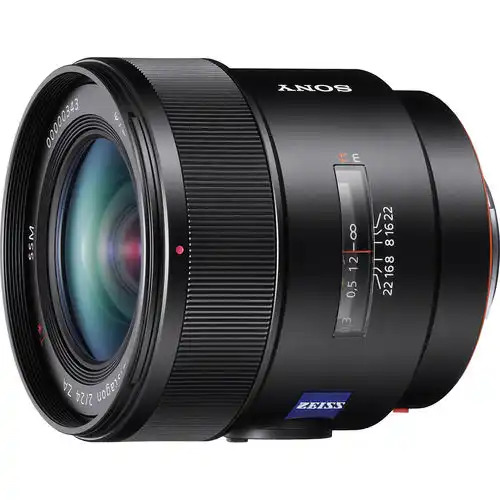
For Sony shooters, it doesn’t get much better than the 24mm f/2 Carl Zeiss lens.
Carl Zeiss has a reputation for excellent lenses, and this one certainly follows suit. The nine blade diaphragm gives you great bokeh and also allows you to work in low-light situations. Get wide shots of the greater landscape or get up close with the 7.6-inch minimum focusing distance.
Like the Sigma 24mm lens discussed below, the Sony benefits from incredibly quiet and smooth operation. This is due to the built-in supersonic wave motor that gives you quick response, which is aided by quick and easy switching between auto and manual focus.
The lens has a metal lens barrel that not only ensures durability and high performance, but it also looks great!
Other features include:
An aperture range of f/2-f/22
Extra-low dispersion glass
Aspheric glass elements
Compatible with Sony Alpha and Minolta DSLRs
Sigma 24mm f/1.4 DG HSM Art Lens
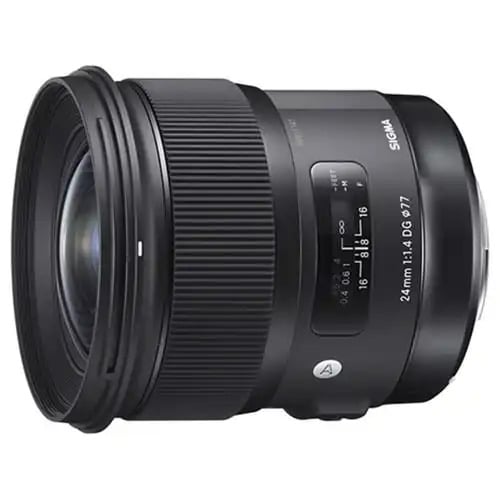
Available for Canon EF and Nikon F mount camera systems, the Sigma 24mm f/1.4 is wide, fast, and has excellent optical construction that results in beautifully sharp images.
The Sigma has three F Low Dispersion elements, that, when combined with four Special Low Dispersion elements, results in images with a significant reduction in chromatic aberration. Overall, the lens has 15 elements in 11 groups that give you results that are bright with high contrast and good color fidelity, but reduced instances of ghosting and flare.
The hypersonic motor gives you lightning quick performance that’s also smooth and virtually silent. Nine diaphragm blades give you beautiful bokeh while the full-time manual focus override makes it easy for you to take control of focusing simply by rotating the focus ring. See more about this lens in the video below by Christopher Frost:
Other features include:
Aperture Range: f/1.4 to f/16
Thermally Stable Composite construction
Brass bayonet mount for added durability
Compatible with full frame and crop sensor Canon and Nikon bodies
If you’re looking for a high-quality 24mm lens that’s got tons of features but without a huge price tag, it’s hard to beat this little Sigma.
Rokinon 24mm f/1.4 ED AS UMC Wide-Angle Lens
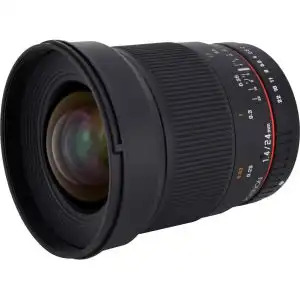
Even if you’re on a budget, you can still find a good 24mm prime lens for your Canon or Nikon camera.
As far as budget 24mm lenses go, the Rokinon 24mm f/1.4 ED AS UMC lens is an excellent option that gives you sharp images with reduced flare and ghosting.
That’s a result of four low-dispersion elements and two aspheric elements that work together to give you pleasing views whether you’re shooting a wide landscape or a close-up.
Light transmission in the Rokinon is on point with a multi-layered UMC coating that prevents reflections. Paired with an automatic chip that confirms your focus settings, aperture, and other important settings, you’ve got the makings of a solid partner for your camera.
Other features include:
Versatile usage for shooting landscapes, street scenes, group photos, and more
Hybrid aspherical lenses offer well-defined and sharp images
Get close-up shots with a minimum focusing distance of 9.84 inches
Compatible with full frame and crop sensor Canon and Nikon bodies
Whether you need a lens for your Canon, Nikon, Sony, or another brand of camera, you can find a great 24mm prime to add to your kit. The examples above are some of the best on the market right now, and I think you’ll find they give you a fresh and exciting perspective on your landscape photography that will have you agreeing with me that 24mm is the best focal length for landscapes.
Don’t take my word for it, though. Find a great deal on a 24mm prime lens today, and see how much you like the results!




